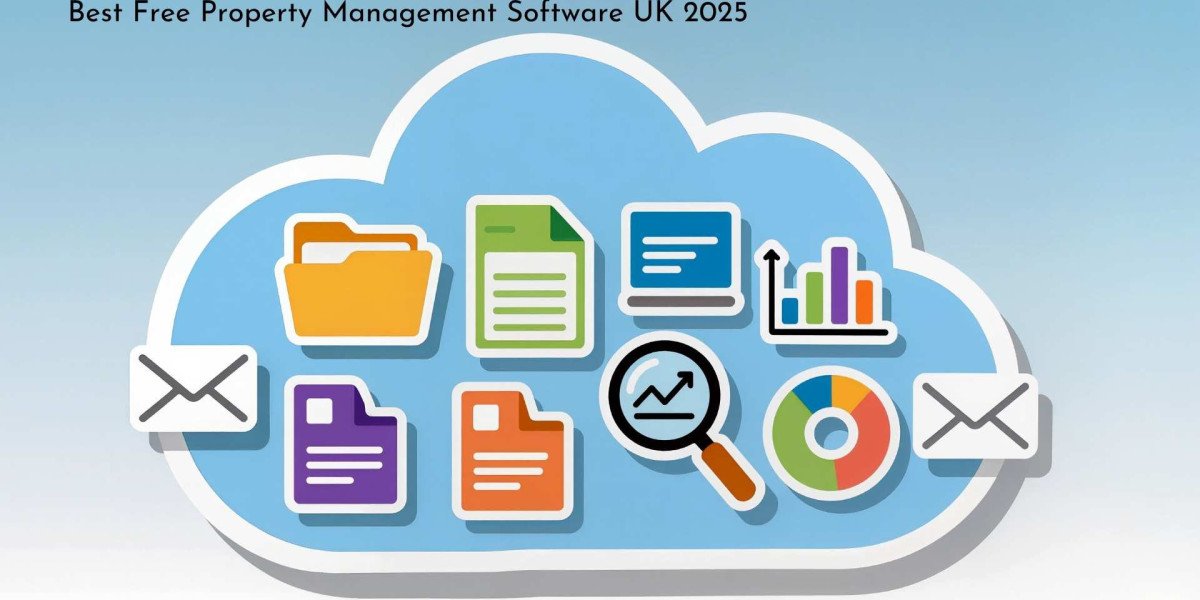This rewritten guide is designed for UK landlords, agents, and small property teams who want a clear path to picking and using a free plan that actually works. It keeps the language simple, the steps practical, and the structure focused on what matters in Britain: rent, repairs, documents, and a tidy audit trail. Follow it top to bottom and you’ll have a functional setup in a single afternoon—without fluff, gimmicks, or filler.
Who This Guide Helps
Solo landlords with 1–10 units. You need rent reminders, a clean ledger, and a way to track repairs. Free plans can do all of that if you pick smart.
Growing portfolios up to 50 units. You want repeatable workflows: arrears follow-ups, quick maintenance logging, and monthly reports you can actually use.
Letting agents trialling tools. A free tier enables you to pilot real properties before you commit. That reduces risk and speeds up onboarding later.
What a Free Plan Should Include
A free plan is only worth your time if it handles the core day-to-day. Look for these essentials before anything else:
- Rent schedules and reminders. Set due dates, automate nudges, and mark late rent in one click.
- Arrears at a glance. A simple list that tells you who owes what, and since when.
- Maintenance tickets. Log issues with photos, assign priority, and close with a cost.
- Tenant records. Contacts, tenancy dates, rent amount, deposit details, and notes.
- Document storage. Agreements, letters, and safety certs are saved against the right unit.
- Exports. Download your rent roll, arrears, and expenses as CSV or PDF anytime.
- Mobile-friendly dashboard. Quick actions should work smoothly on your phone.
If a platform misses two or more of these, it will slow you down. Move on.
UK Details to Check First
The right data fields save hours later. Make sure the platform fits how rentals work in the UK:
- Tenancy types. Assured Shorthold Tenancy (AST) set-up should be straightforward, with periodic rollover supported.
- Deposits. Fields to store scheme ID and dates so you can find them when you need them.
- Rent changes. A clean way to schedule increases and keep a timeline of what changed.
- Room-based letting (HMOs). Support for rooms, notes on utilities, and recurring tasks.
- Simple tax outputs. Clear income/expense reports your accountant can use.
You do not need every local nuance built in, but you must be able to capture the right information without hacks.
Build a Smart Shortlist
Create a shortlist by mapping must-have features to your daily work. Aim for platforms that cover at least four of the five buckets below on their free tier:
- Core operations: rent schedules, arrears list, and maintenance.
- Tenant onboarding: application notes, reference status, document capture.
- Payment basics: easy logging of bank transfers now; upgrades optional.
- Reporting: monthly rent roll, arrears by age, expenses by category.
- Portfolio view: a single timeline of units, tenants, tasks, and messages.
With a shortlist in hand, you’re ready to test.
Step-by-Step Set-Up in One Afternoon
You can get a working system in a few focused steps. Keep data clean and consistent from day one.
Create Your Portfolio
Add each property with address, type (flat, house, room), and key notes like meter locations or access instructions. Good notes remove guesswork during repairs.
Add Tenancies and Rent Schedules
For each tenancy, set the start date, rent amount, due day, and frequency. If you’re mid-tenancy, enter what’s already been paid so your ledger is complete.
Record Deposits and Store Documents
Upload the signed agreement. Add the deposit amount and scheme reference. Save gas safety and EICR expiry dates as reminders if your platform supports them.
Import Recent Payments
Bring in three to six months of income/expense data. If import tools are limited, enter simple monthly summaries. The goal is a ledger you trust.
Enable Rent Reminders
Use a polite, consistent template and test it with one unit first. A steady tone works better than a harsh one, and it keeps tenant relations calm.
Configure Maintenance
Create categories (plumbing, electrical, appliances, general repairs). Add your preferred contractors as contacts. Log a sample ticket to test the workflow from “raised” to “closed”.
Save Your First Reports
Run a rent roll and an arrears report. Export both and file them. Repeat at month-end so your records stay tidy.
Weekly Workflows That Keep You in Control
Rent and arrears. Open the dashboard, check today’s due items, and send nudges from the same screen—record payments against the correct period to keep the arrears math right.
Maintenance. Log issues with photos, set a target date, and attach the invoice when the job is done—tag costs so they appear in your reports.
Tenant updates. Keep messages in one thread per unit or tenant. In six months, you will be able to see the entire story in minutes.
Month-end tidy. Export income and expenses, file them, and move on. Consistency beats complexity.
UK-Specific Tips That Save Time
- Avoid rent-day drift. If a tenant always pays on the 3rd, adjust the schedule once rather than fixing it every month.
- Clear HMO handovers. End one room’s tenancy and start the next on the same day. It keeps deposits and utilities straightforward.
- Utilities and council tax notes. Store what’s included at the property level. You’ll answer tenant questions faster.
- Safety reminders. Set renewal reminders for gas, EICR, alarms, and smoke detectors. Early nudges prevent last-minute scrambles.
- Letter templates. Keep blank letters saved in your document store so they’re easy to personalise and attach to the tenancy timeline.
How to Compare Free Plans Fairly
Free tiers often look similar on the surface. Use these checks to get a clear winner:
- Limits. Which cap will you hit first—units, users, documents, or messages?
- Every day friction. Are exports, templates, or bulk actions locked behind paywalls?
- Learning curve. Can a colleague learn the basics in under an hour?
- Support basics. A good help centre with screenshots is enough to start.
- Data exists. Make sure you can export all core data if you move later.
If two tools tie, choose the one with cleaner navigation. You’ll use it more, and that alone boosts results.
Example Week With a Free Set-Up
Monday: Check the dashboard, send two polite reminders, log a leaky tap in Flat 2 with a photo and priority tag.
Wednesday: Payment lands on one overdue tenancy; mark it received and watch the arrears list update. Book a contractor for Friday and attach the quote to the ticket.
Friday: Close the job, attach the invoice, tag “Plumbing”, and run a month-to-date rent roll. Export two reports and file them—five minutes, done.
This rhythm keeps you in control without long admin sessions.
A Simple Scoring Rubric (Pick the Best in 10 Minutes)
Score each platform out of 5 in the areas below, then pick the highest total:
- Set up speed. Property + tenancy + first payment entered in under 15 minutes.
- Clarity. What needs attention is obvious the moment you log in.
- Arrears workflow. How many clicks to send a reminder and note the outcome?
- Maintenance flow. Can you go from a photo to a closed job with a cost in one pass?
- Exports. Reports look clean without manual edits.
Anything that averages 4 or higher will carry you well on a free plan.
Choosing a UK-Ready Platform
Start with tools that feel natural for the British market: familiar date formats, clear tenancy language, and straightforward rent rolls. During your shortlist stage, it’s sensible to review an option focused on the UK first to see how well it fits your day-to-day. For that, place property management software UK in your comparison and run the setup steps from this guide. You’re checking for ease of use, clean exports, and a smooth weekly rhythm across rent, repairs, and records.
When to Stay Free and When to Upgrade
Stay on the free tier if your portfolio is small, your reporting needs are basic, and you’re happy logging bank transfers manually. The free plan will handle rent, arrears, maintenance, and documents without drama.
Consider upgrading when any of the following become a daily drag:
- You want automated bank feeds or online collection with payouts.
- You have multiple team members and need permission controls.
- You run HMOs at scale and want room-level insights.
- You prepare formal owner statements for clients.
Only pay when a feature removes a real bottleneck. If it doesn’t save hours or prevent errors, wait.
Conclusion
The strongest results come from simple systems used the same way every week. Add accurate data once. Use the same categories each month—close tickets with a brief note and a cost. Export reports on a schedule and file them. With those small habits, a well-chosen free plan delivers a clear rent picture, faster repairs, and calm records when tax time comes around.
Please start with the essentials, test with real properties, and upgrade only when your daily work demands it. That’s how to get lasting value from free property management software in the UK—fast to set up, easy to run, and built for the way you actually manage homes.







